Stars throughout our cosmos are undeniably gargantuan. In fact, the closest star to us, the Sun is a staggering 1.4 million km (865,000 miles) in diameter – so large that 1.3 million planet Earths could fit inside.
However, within the grand cosmic scale of the Universe, that's pretty average in size. While many stars are smaller, scientists have discovered many cosmic titans that are several hundred times bigger. But what is the largest star in the Universe?
Here are the 10 biggest stars known to humanity so far.
10. HV 888
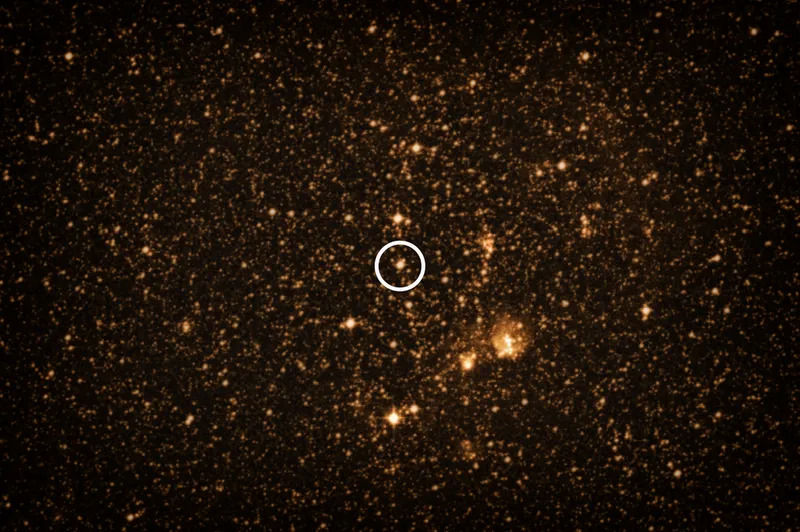
Apart from being located 163,000 light-years away HV 888 is much like Clifford the Dog: red and absolutely massive.
Carrying a solar radius of 1,374 (our Sun being 1 solar radius), the scarlet supergiant’s colour is actually a sign it’s nearing the end of its lifespan. Scientists don’t know for sure when the star might go supernova – it could be today, or the star could continue to burn for a few more million years.
Until then, HV 888 will shine incredibly brightly, about 300,000 to over 500,000 times brighter than our Sun. In other words, anyone living on one of the star’s possible exoplanets would need some pretty bright sunglasses.
9. AH Scorpii

AH Scorpii is a red supergiant star found in the constellation Scorpius, hence the name. Although 1,411 times the size of our Sun, the star is likely much cooler, with surface temperatures between 3,176.85°C (5750.33°F) and 3,408.85°C (6167.93°F). For comparison, our Sun sits at a toasty 5,226.85°C (9380.33°F). In other words, AH Scorpii is still very very hot.
8. CM Velorum
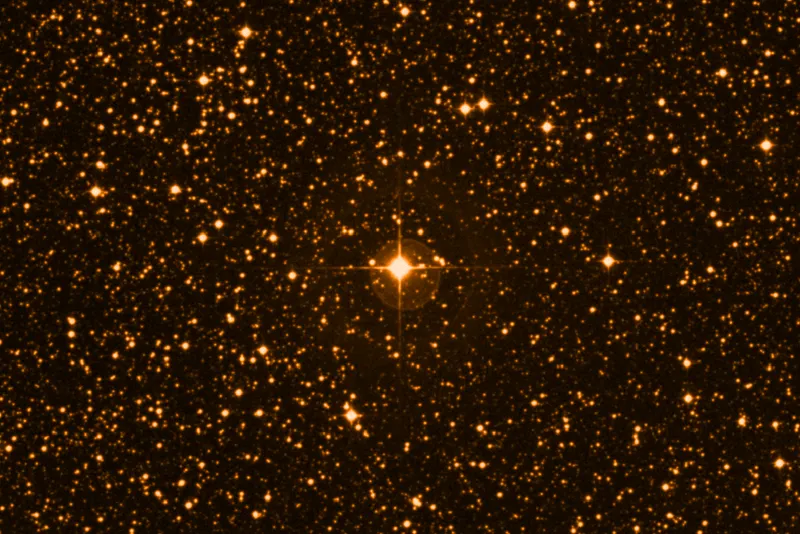
Located in the constellation Vela, CM Velorum is a red star that is 1,416 times the size of our Sun. However, despite its size, the star is not visible to the naked eye without a telescope. This is partly due to its distance from Earth, which has been calculated to be nearly 15,000 light-years away.
7. HD 12463
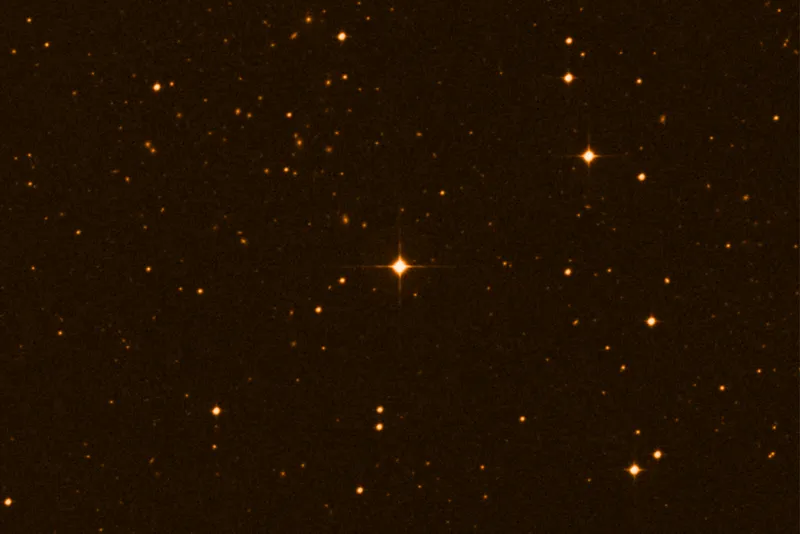
Not a lot is known about the star known as HD 12463, but it is estimated to be 1,420 times the size of our Sun. It’s located in the Large Magellanic Cloud, an offshoot galaxy from the Milky Way, about 163,000 lightyears away from us.
6. VY Canis Majoris
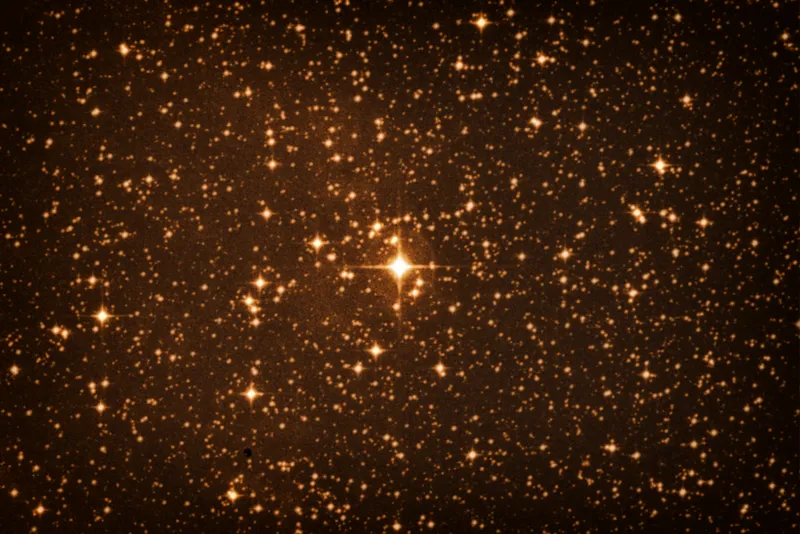
VY Canis Majoris is an oxygen-rich supergiant star and is 1,420 times the size of our Sun. It’s so big that even moving at the speed of light it would take you six hours to travel around its surface (it would take only 14.5 seconds if you tried this with our Sun).
Even if you had the spare time, we wouldn’t recommend it: the star holds a temperature of 3,730°C (6,740 °F). It’s also incredibly bright, about 300,000 to 500,000 times brighter than the Sun.
undefined5. HD 269551
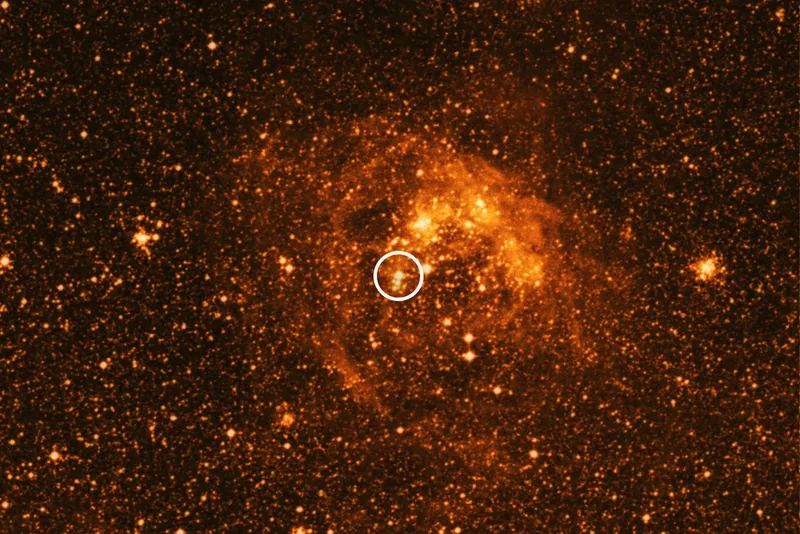
Not holding the most catchy name in the Universe, HD 269551 is still a star to remember for its gigantic size – it’s been measured at 1,439 times the size of our Sun.
Like many large stars on this list, HD 269551 is incredibly unstable and nearing the end of its lifespan, expected to explode into a supernova within the next few million years (a very short amount of time in the grand scale of the Universe).
4. RSGC1-F01
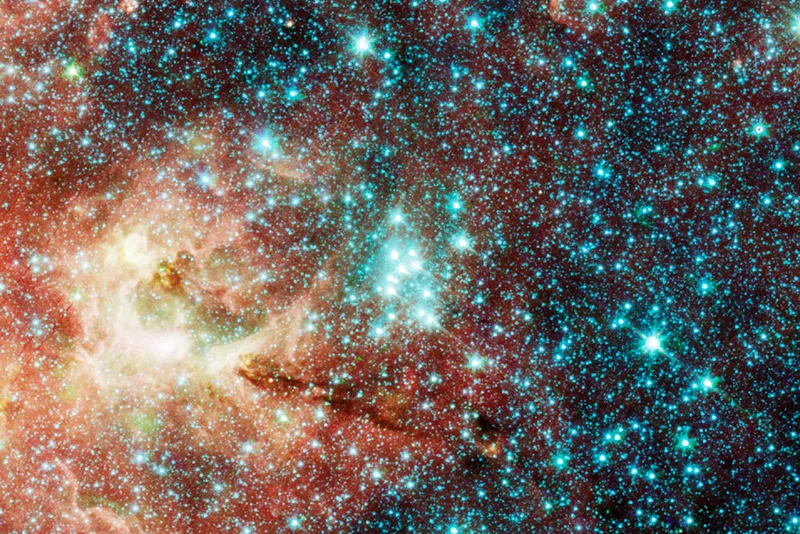
RSGC1 F01 is located in a star cluster in our Milky Way, in the constellation of Scutum. Its size is estimated to be between 1,436 and 1,530 times the size of our Sun.
Amazingly, if RSGC1-F02 was placed at the centre of our Solar System, the surface of this star (known as a photosphere) would reach the orbit of Jupiter.
3. WOH 5170
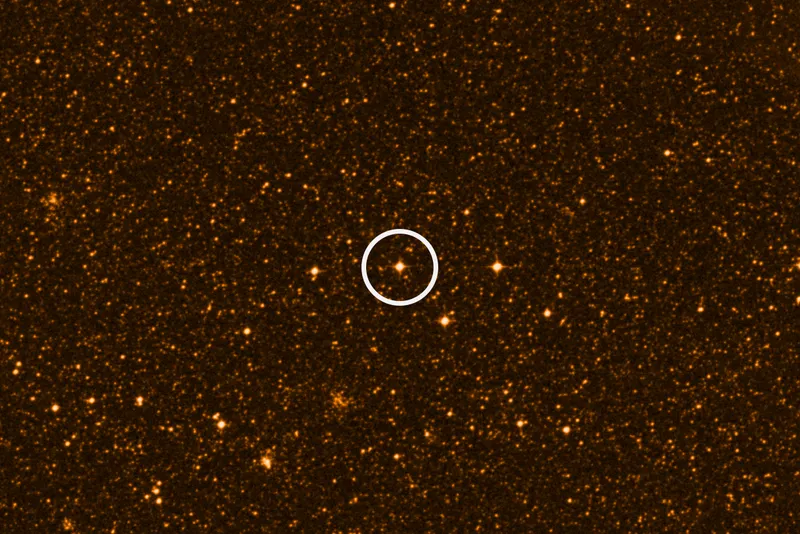
Located in the constellation Dorado, WOH S170 is a red star that is 1,461 times the size of our Sun. Wo(a)h, indeed.
2. WOH G64
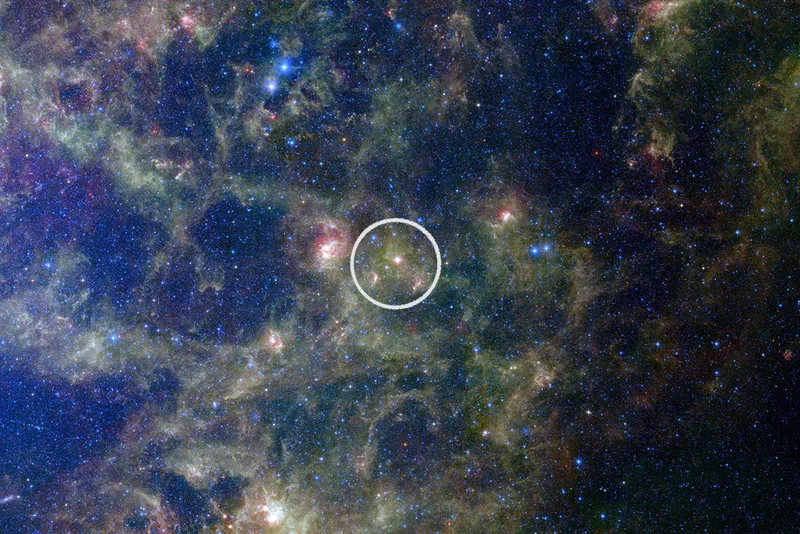
At 1,540 times the size of our Sun WOH G64 is a very large star. It’s also likely to be very very dusty: it’s enveloped in a thick layer of tiny particles that stretch about to a light year in diameter.
WHO G64 is also quite a cool star (literally), with a temperature of 3,100°C (or 5,600°F). Compare this to the surface temperature of our Sun, which is a fair bit warmer at 5,226.85°C (9380.33°F).
1. UY Scuti
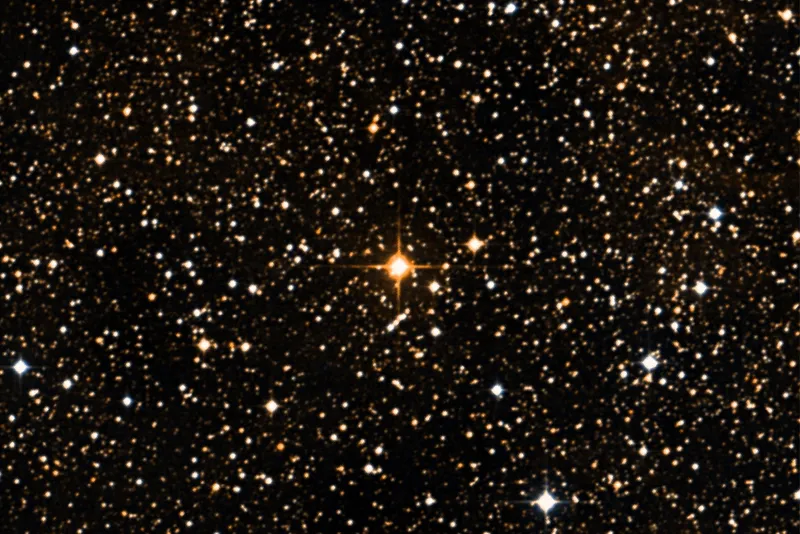
UY Scuti is the largest star in the Universe observed so far. The red supergiant is 1,708 times wider than our Sun, with a radius of 1.2 billion km (738 million miles). The star can be found around 9,500 light-years away from Earth in the Scutum Constellation, around the centre of the Milky Way.
Despite its huge size, UY Scuti is actually 40 per cent cooler in temperature than our Sun at 3092°C (1700°F). This is because the star has already used up most of its hydrogen fuel, which generates heat and light. This low temperature means the star emits a reddish glow.
UY Scuti is also a surprisingly young star, perhaps only 10-20 million years old. This may sound a lot, but our Sun is estimated to be 4.6 billion years old. However, as UY Scuti burns through its fuel so quickly, the star is likely ending its life cycle and may only have a few million years left.
It’s not clear what will happen to UY Scuti at the end of its life cycle. While it’s possible the star will explode in a hypernova (creating a shockwave that will trigger the formation of new stars), one theory is that UY Scuti will collapse into itself and form a hotter star.
| Star | Estimated size (radius) |
| HV 888 | 956 million km (595 million miles) |
| AH Scorpii | 983 million km (611 million miles) |
| CM Velorum | 987 million km (613 million miles) |
| HD 12463 | 987 million km (613 million miles) |
| VY Canis Majoris | 987 million km (613 million miles) |
| HD 269551 | 1.001 billion km (622 million miles) |
| RSGC1-F01 | 1.010 billion km (627 million miles) |
| WOH S170 | 1.019 billion km (633 million miles) |
| WOH G64 | 1.072 billion km (666 million miles) |
| UY Scuti | 1.190 billion km (739 million miles) |
Read more: